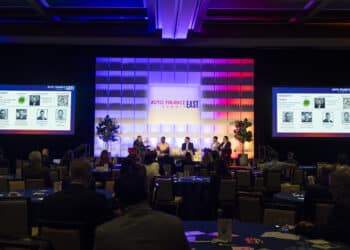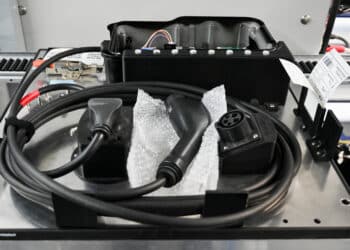An Explanation of Delinquency Rate Discrepancies Between S&P and the N.Y. Fed

Inclusion of charge-offs when calculating 90-day delinquencies may spell the difference between the 4.47% rate reported by the New York Federal Reserve and the 1.86% subprime rate recorded by S&P Global Ratings at yearend 2018.
According to the data dictionary in the N.Y. Fed’s research, delinquency data includes “severely derogatory” accounts, or those with reports of repossession or charge-off. S&P Global, on the other hand, counts charge-offs as losses; it does not include charge-offs in delinquency data.
S&P pointed out the distinction in a report last month, in response to N.Y. Fed research indicating that the 90-day auto delinquency rate was the highest it’s been since 2012. While S&P Senior Director Amy Martin agreed that subprime delinquency rates have been on the rise, “the level that we’re seeing is different — it’s slower,” she said.
Read more: Fitch Forecasts Subprime Auto ABS to Weaken in 2019
The 30-day delinquency rate within subprime securitizations has largely mirrored the growth in subprime auto loan originations, “peaking in 2016 with a slight dip over the past two years,” according to the S&P report. “Nonetheless, managed portfolio credit losses have risen at a much slower rate than delinquencies, and actually declined last year,” the report continued.
Though some lenders have included more deep-subprime loans in their securitizations or have taken a gentler approach to collections, the rise in delinquencies has been offset by stiffer credit enhancement requirements.
“From 2012 to the end of 2018, there have been 1,138 upgrades and only two downgrades,” Martin said. “I think that’s an important measure of how the subprime auto ABS market is doing.”
For more content like this, check out our upcoming event Auto Finance Accelerate, May 13-16 at the Omni San Diego. Visit www.AutoFinanceAccelerate.com to register.






